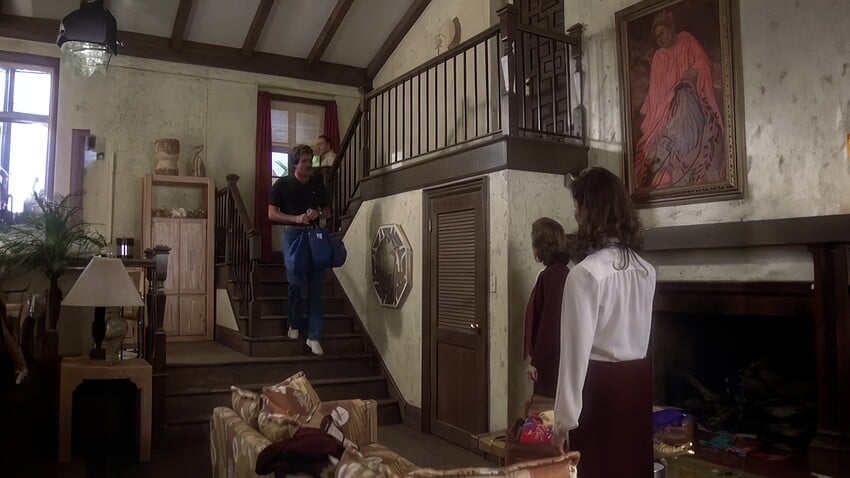Hi, and thanks so much for trusting our products with your work over the past few years.
In 2024, our photo and video products will experience the most significant evolution since our first AI product six years ago. I wanted to share what you can expect out of our products in the next few years.
We believe that generative AI should improve your work rather than replace it, so our product development philosophy focuses on three principles:
- Enhancement vs replacement: for improving your work without altering its core essence.
- Natural and photorealistic results, vs fantastical: for your photos and videos where preserving reality matters.
- On-device processing, vs cloud: for a faster workflow, more editing options, and private processing.
We think that these principles are essential for professional use cases, but currently undervalued in AI research. As such, we’re accelerating this direction with our three core products:
Photo AI
Photo AI is designed for photographers, and solves many photo quality problems like noise reduction and sharpening better than anything else. In 2024, we will use generative AI to greatly improve the quality and experience of other photo editing tasks.
Video AI
Video AI delivers you sharp, steady, and smooth footage without motion artifacts. In 2024, you will see improved AI model quality, a better app experience, and more integrations for professional editing workflows.
Gigapixel
Built for everyone, Gigapixel 7 brings improved upscaling model quality and better usability. Later this year, we’ll release fundamental improvements to our upscaling models that unlock another level of quality, better than anything else you’ve seen yet. Afterwards, we will bring Gigapixel to more platforms than just desktop.
We’re incredibly excited about this direction, and you’ll soon see some of these improvements in the next few months.
We’d also love your feedback as we’re filling our roadmap for the rest of the year. What would you love to be able to do with your images and videos that you can’t currently? Is there anything you wish our current products would do better? We will read and consider every comment.
Thank you again for trusting our products, and we will do everything possible to continue earning that trust!
Thanks,
Eric Yang
CEO, Topaz Labs


